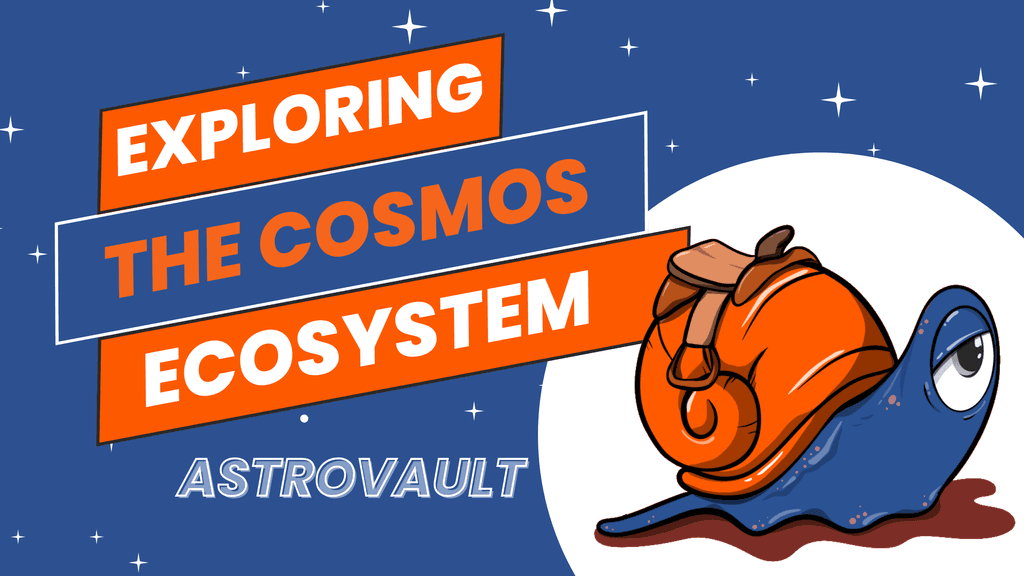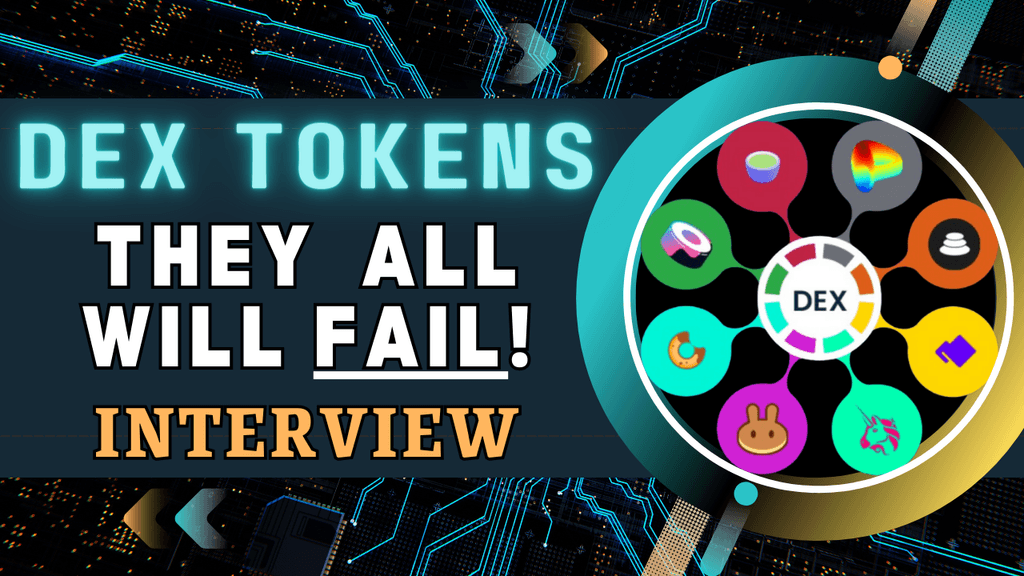Distribution Model
Archway’s distribution model is designed to share network fees and inflation rewards with dapp developers, allowing them to directly capture the value they create on-chain. Dapps can earn both transaction fees and a percentage of inflation in proportion to their contributions to the network. This earning model is akin to validators in a Proof-of-Stake chain. By allocating a portion of network-level fees and inflation to dapps, developers and their communities are directly incentivized, gaining a true stake in the protocol. Additionally, dapps earn 100% of any premium they add to their smart contracts.
Archway utilizes a Pool Account within the network to collect fees and rewards for distribution. This Pool Account acts as a central collection point, gathering transaction fees and inflation rewards, which are then distributed to the respective dapp developers based on their contributions.
Archway allows each dapp developer and their community to configure how tokens earned are managed and distributed. When a contract is instantiated, the developer specifies an “owner” address where all tokens earned are automatically deposited. This target address can be their own, a multisig, or controlled by a separate custom contract. Ownership can then be transferred to a new address as needed, only requiring the signature of the previous owner.
As the ecosystem grows, more developers are drawn in, creating a flywheel effect that drives the utility and value of the underlying protocol. Validators also benefit from this model as it promotes sustainable long-term growth.
Sustainable Open Source Development
Archway supports open source development by providing a recurring stream of revenue for dapp developers through network fees and rewards. This allows developers to fund their core team and continuously develop future versions of their dapp without solely relying on their own business models. Smart contracts are immutable, which means that well-deployed, composable financial primitives can generate recurring fees to supplement a developer’s income and business model for however long the contracts are utilized.
Developer Community Engagement
Archway actively engages its developer community through outreach programs, educational initiatives, and dedicated support channels. Developers are encouraged to contribute, learn, and collaborate within the Archway ecosystem, fostering a vibrant and collaborative environment.
As part of our commitment to supporting innovation, Archway provides grants and funding to developers and projects with promising ideas. This financial support aims to empower developers, enabling them to bring their creative concepts to life within the Archway ecosystem.
Network Architecture
The Archway network is built using the Cosmos SDK, Tendermint, IBC, and CosmWasm, with modified Minting, CosmWasm, Distribution, Staking, Group, and Governance Cosmos modules that manage the Archway inflation and rewards system. Additionally, the network introduces a minimum price of gas (mPoG) through the Rewards Module, setting a price floor at the protocol level to enable consistent and verifiable rewards for developers while protecting the chain from spam attacks.
Smart Contracts vs. App-Specific Chains
While the Cosmos vision encourages the creation of self-sovereign chains, Archway provides a simple way for developers to deploy contracts in the Cosmos ecosystem. Dapps can be built on Archway, and if they reach a certain level of traction, they can migrate to a standalone chain. The tradeoffs between building a smart contract on Archway and creating an independent Cosmos blockchain involve factors such as speed of development, ease of development, complexity of logic, maintenance overhead, level of customization, strict resource control, native chain features, and scalability.
Decentralized Governance
Archway governance allows network participants and token holders to influence the future direction of the protocol through proposals and on-chain voting. Archway’s native token is used for governance, ensuring fair and transparent participation for the decentralized community. All holders of the native token can propose changes to the Archway protocol and vote on active proposals. Proposals that reach a consensus threshold are adopted, whether they involve a specific feature or even changing the governance system itself.
Use Cases and Examples
Explore real-world success stories within the Archway ecosystem, where diverse projects and applications have flourished. Such as Astrovault, the first crosschain DEX on Archway which aims to capture external revenue, rewards for traders, and create a self-replenishing DAO treasury, 1:1 stable swaps, & more. From decentralized finance (DeFi) solutions to supply chain innovations, Archway has proven its adaptability and effectiveness.
Token Burning and Redistribution
Archway has created a model that both resembles unornamented Cosmos Delegated Proof-of-Stake (“DPoS”) blockchains as well as Ethereum’s EIP-1559, while adding several types of developer rewards. Contract creators will have 3 distinct forms of rewards: Gas rebates, DIT, and Contract Premiums. In Cosmos, gas spent is redistributed to the validators and stakers, but typically makes up a very small percent of their rewards, as the bulk comes from inflationary emissions. In Ethereum, gas spent is burned, but an optional tip for priority is allotted to validators. On Archway, 50% of base gas spent (based on mPoG) will be burned, and 50% will go to the contract creators in the form of Gas Rebates. As the PoG increases, still 50% of the added cost will reimburse contract creators, with the remaining 50% of the heightened cost due to increased demand burned, though this can be independently altered through governance. Contract creators will receive the minimum of either their section of the 25% of minted ARCH, or the remaining 50% of Gas spent on their contract, ensuring that under no circumstances could they receive more ARCH than they’d spend if interacting with their own contracts. Contract Premiums will help ensure available customization exists to protect contract creators from potential Gas nullification through something like an optimistic rollup. By having reflexive Gas prices spam attacks will increase in cost rapidly, and notably outpace the increase in developer rewards, necessitating burning significant amounts of the ARCH token to carry out an attack of any significant duration. This renders spam attacks both impractical and deflationary.
Terminology
- CosmWasm: A framework allowing developers to write multi-chainsmart contracts using any programming language, including Rust, which compiles to Wasm.
- Dapp: A decentralized application built on Archway that combines a smart contract and a frontend user interface.
- Inter-Blockchain Communication protocol (IBC): A generalized cross-chain communication protocol for transferring value and data between independent networks.
- Pool Account: An account within the Archway network that collects fees and rewards for distribution.
- Tendermint: A byzantine fault-tolerant (BFT) blockchain engine that handles networking and consensus, and a generic application interface (ABCI).
- WebAssembly (Wasm): An open standard developed by a consortium of tech companies that defines a portable binary-code format for executable programs, and a corresponding textual assembly language, as well as interfaces for facilitating interactions between such programs and their host environment.
- Minimum Price of Gas (mPoG): A parameter introduced by the Rewards Module that is meant to set a price floor at the protocol level to enable consistent and verifiable rewards for developers, in addition to protecting the chain from spam attacks.
Conclusion
The Archway Network is a decentralized ecosystem that encourages the growth and development of dapps by offering a unique distribution model, sustainable open source development support, and a flexible network architecture. With its focus on incentivizing developers and fostering a virtuous feedback loop, Archway aims to drive value and adoption within the network. Archway’s governance model allows for decentralized decision-making and a fair, transparent system for network participants. As a launchpad into the Cosmos ecosystem, Archway provides developers with the tools and resources they need to succeed, with the option to migrate to a standalone chain if necessary.










